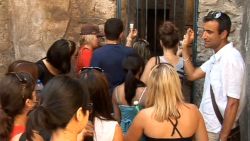Captain Tom Martin turns the handle that draws up the lobster trap sitting on the ocean floor 45 feet below the surface to see what he can see.
It’s a guessing game every time: Will it be big enough – but not too big – to keep? Will it be a pregnant female, which he can’t keep?
“It’s easy to get hooked on it,” Martin says. “I’ve been doing this for 33 years, and I still enjoy going out to pick up the traps and seeing what’s inside. It’s like playing a slot machine – you never know what’s going come up in the trap.”
Martin, the owner of Lucky Catch Cruises of out of Portland, Maine, will only catch a few lobsters on this fall day at traps he and his crew have lowered into Casco Bay after passing by the 1890s-era Spring Point Ledge Light and Fort Gorges, a Civil War-era fort. His traps are within view of Portland Head Light, a working lighthouse first lit in 1791.
When many people think of Maine, those iconic lobsters he’s pulling up in traps immediately come to mind.
There are endless ways to enjoy Maine’s favorite crustacean on a visit to the Pine Tree State, whether it’s the Lobster Shack at Two Lights, lobster done fancy at Eventide Oyster Co. or any of the dozens of lobster shacks along the coastline.
But it all comes back to the lobstermen and women who catch lobsters year-round, harvesting a record 130 million pounds of lobster worth $533 million in 2016, according to the Maine Department of Marine Resources.
Lobster’s outsized impact on Maine
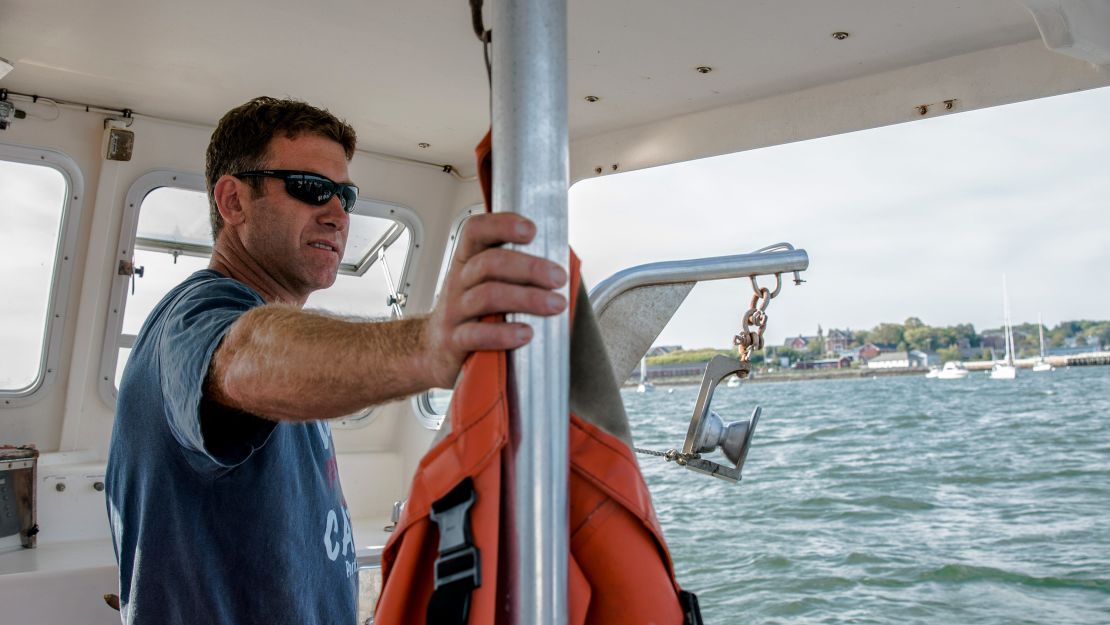
Lobster had an estimated $1 billion impact on the state economy last year, according to the department’s Jeff Nichols.
In a state of 1.3 million people, that money helps sustain the small Maine fishing villages “and that way of life, which only adds to our appeal to tourists,” said Matt Jacobson, executive director of the Maine Lobster Marketing Collective, an industry group.
That international interest in Maine lobster keeps Martin busy May through October filling Lucky Catch’s three boats with tourists for scheduled and custom trips to explore Casco Bay around Portland Harbor.
The view sailing out of the Old Port into the bay is a bit nicer than where he fishes commercially. “This is obviously quite gentrified compared to where normal lobster boats would be docked,” he says.
But the lobsters are the same, spending about seven years growing in the cold Maine waters until he’s allowed to catch them.
The trip is “just a little slice of a day in the life of a lobsterman,” he says, “because the traps we pick up are the same kind of traps that we use when we’re commercial lobstering.
“Instead of going out and trying to pick up three or four hundred traps in a day, we’ll go out on a tour and pick up six or eight traps.”
As visitors pile onto his boat, they sometimes hesitate to pull lobsters out of the traps or bait the traps before dropping them back into the water.
But Martin and his crew usually convince them to join in on the hard, but fun work. Most visitors eventually do pull up traps marked by his buoys, measure the lobsters to ensure they meet state regulations and snap rubber bands around the claws of the lobsters they keep.
“We always get them involved, “says Sheila Towne, a tour guide on the summer cruises and Martin’s college friend. “They always have fun.”
Pregnant lobsters get thrown back
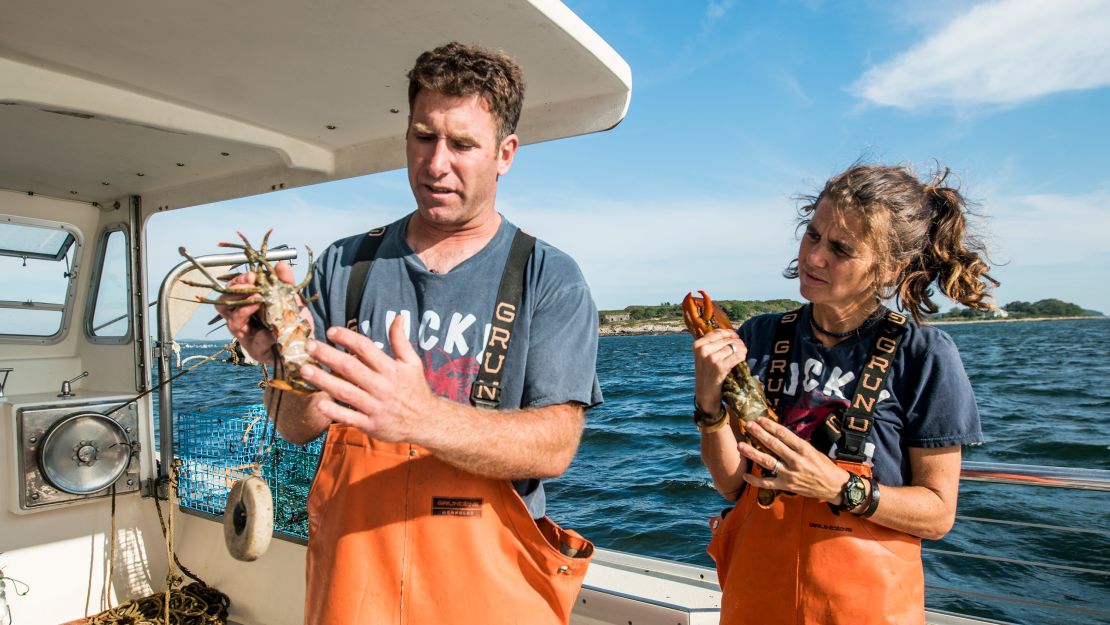
They also learn a lot about lobster reproduction and how Maine keeps its lobster population healthy and growing.
“On the females, we always have to stop and look for eggs,” says Martin. “When a female is carrying eggs, the entire bottom of the tail will be covered with thousands of little tiny black dots. They almost look like little blackberries. Every time we catch a lobster with the eggs, we have to mark her as a breeding female.”
The lobstermen notch a scar into the breeding female’s second tail flipper from the right, which protects her for life.
“That scar permanently marks her as a breeding female, so even after the eggs are released into the sea, every keeper gets checked for sex, every female gets checked for a scar,” says Martin. “Those females, once they’ve bred once, they’ll continue to reproduce over and over and over again for their entire life. And the larger they get, the more eggs they’ll carry.
“Because of the notch, we get a lot of very large breeding females in our population. Those big females need a similar sized male in order to mate.”
That’s regulated by the length of the lobster’s carapace, which is its hard upper shell.
To ensure there will be bigger males to mate with the bigger females, Maine requires that lobsters with carapaces measuring longer than five inches get thrown back. The state also requires that a lobster’s carapace measures at least three-and-a-quarter inches, to allow the younger lobsters to grow to maturity.
Bigger females need bigger males
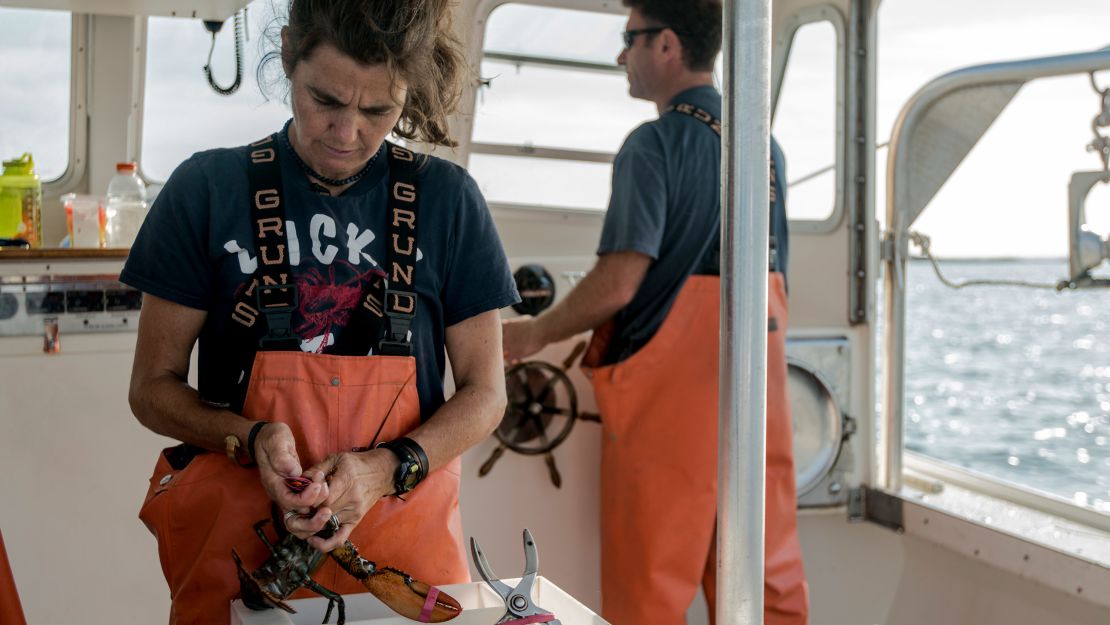
Throwing back the bigger male lobsters preserves some bigger males to mate with the big females. “We’ve been doing both of these, throwing back the big ones and notching the tails on the females since the 1930s,” said Martin.
Once the traps are emptied, the orange bait bags are filled with four herring, and sometimes pogies (seals hate the taste) and tossed back into the water. They’re typically left for three days.
One keeper lobster per trap is a good catch. “In a normal working day, a commercial lobsterman might try to pull, in a full day, as many as three or four hundred traps in a day.”
But there aren’t any guarantees. “Sometimes the traps come up empty, and sometimes they come up full.”
Maine lobster regulations dating back to the late 19th century may be some of the strictest in the country, but Martin says those rules, which are enforced by spot checks and self-regulation, provide for bumper crops.
It was just a summer job
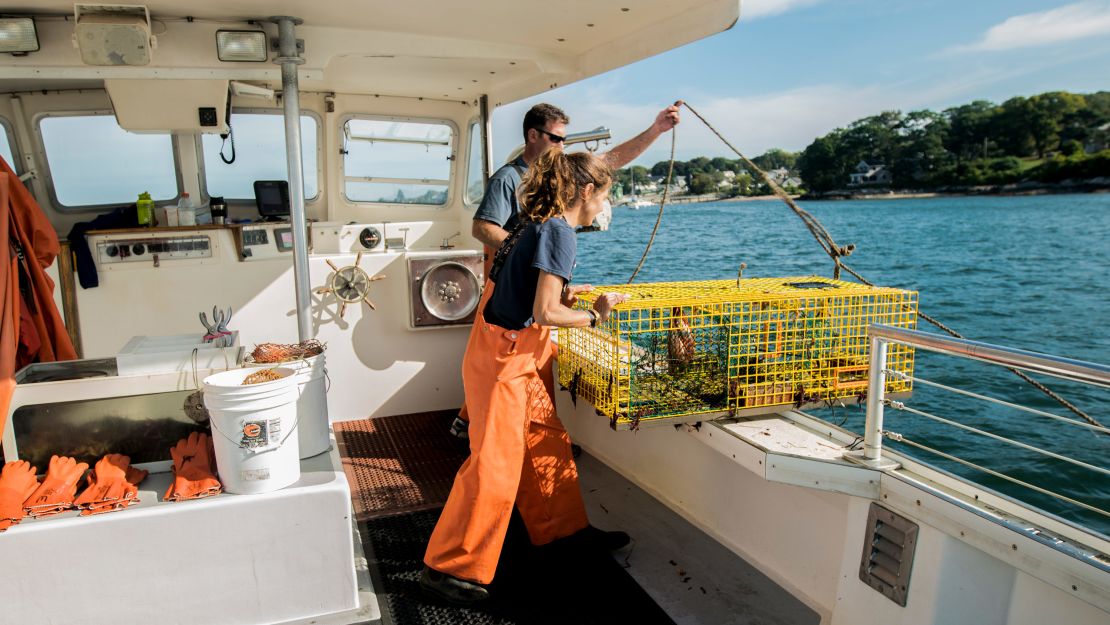
Martin got hooked on lobsters by working for his next-door neighbor in his home town of nearby Cape Elizabeth when he was 14, and except for a break for a couple years of college that didn’t stick, he’s been fishing for lobster for the past 33 years.
Right now, there’s an 800-trap limit per fisherman, and the state currently has about 5,500 licensed lobstermen. But there was fear in the mid-1990s that that maximum limit would be lowered to 400 or 500 traps, not enough to make it a full-time job. That led Martin to add tourist trips in the summer months about 20 years ago.
They eventually became so popular that he stopped commercial fishing during the summer months, commercial lobstering from November through April.
The mostly tourist crew may not catch enough lobsters for everyone, but Captain Tom makes sure to have enough live lobster in the boat’s tank to sell to each person at the wholesale price. His customers can take it home to cook or take it live next door to the Portland Lobster Company Restaurant to cook and put it together with sides.
From the water to the dinner table in just a few hours, there’s nothing like sitting down to a lobster dinner knowing where your meal came from.
If you go: Lucky Catch Cruises run through the end of October. The regular 90-minute cruise costs $35 for adults and $20-30 for children depending on their ages. Charter trips are also available and start at $350 for 90 minutes. Wholesale lobster prices vary according to the market.








